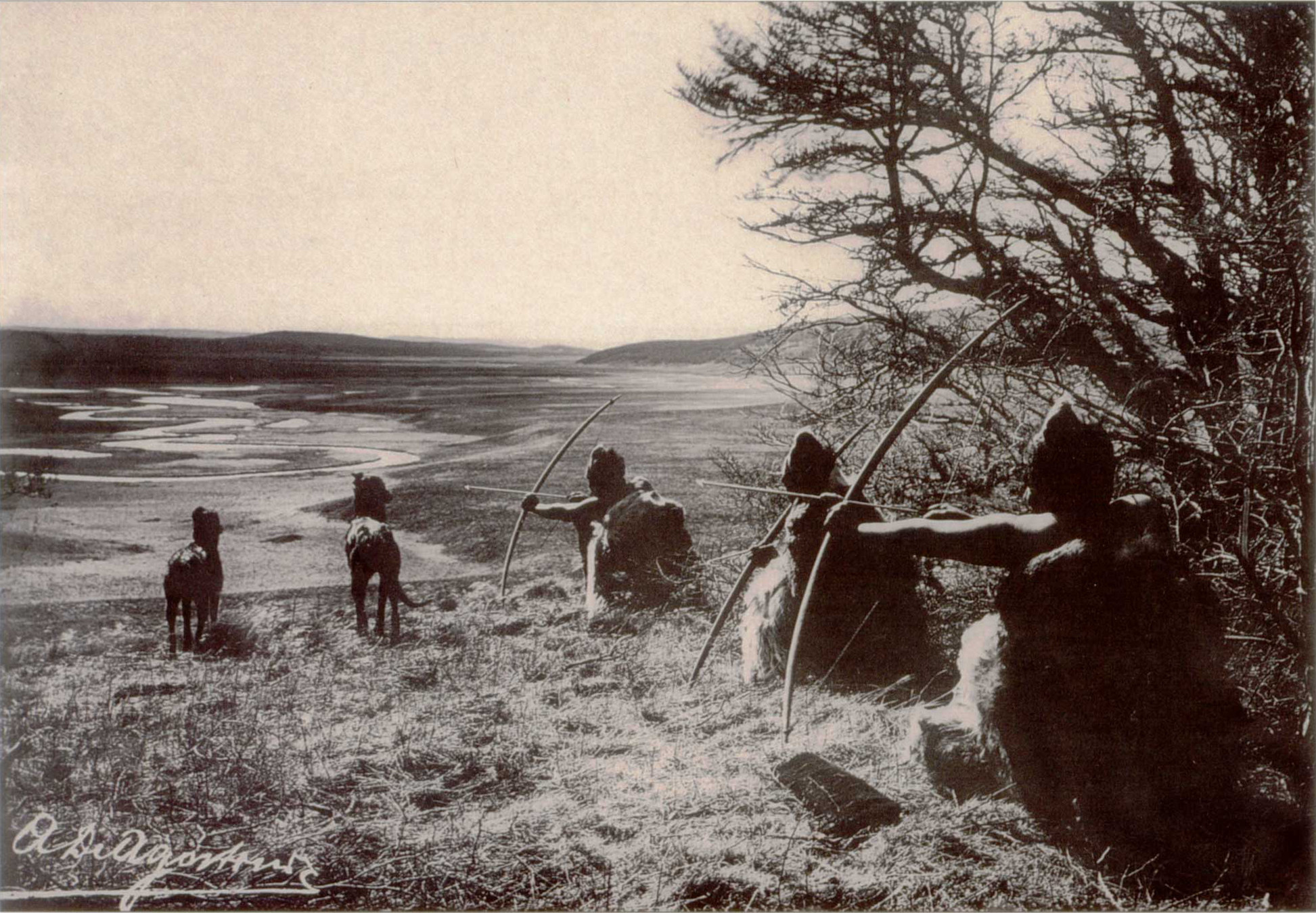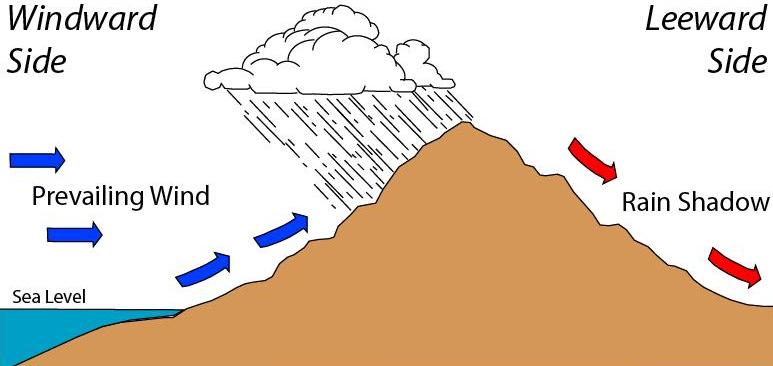|
Fauna Of Argentina
The environment of Argentina is highly biodiverse. Biodiversity Flora Subtropical plants dominate the Gran Chaco in the north, with the ''Dalbergia'' genus of trees well represented by Brazilian rosewood and the quebracho tree; also predominant are the wacho white and black algarrobo trees (''Prosopis alba'' and ''Prosopis nigra''). Savannah-like areas exist in the drier regions nearer the Andes. Aquatic plants thrive in the wetlands of Argentina. In central Argentina the ''humid pampas'' are a true tallgrass prairie ecosystem. In Argentina forest cover is around 10% of the total land area, equivalent to 28,573,000 hectares (ha) of forest in 2020, down from 35,204,000 ha in 1990. In 2020, naturally regenerating forest covered 27,137,000 ha and planted forest covered 1,436,000 ha. Of the naturally regenerating forest 0% was reported to be primary forest (consisting of native tree species with no clearly visible indications of human activity) and around 7% of th ... [...More Info...] [...Related Items...] OR: [Wikipedia] [Google] [Baidu] |
Eucalyptus
''Eucalyptus'' () is a genus of more than 700 species of flowering plants in the family Myrtaceae. Most species of ''Eucalyptus'' are trees, often Mallee (habit), mallees, and a few are shrubs. Along with several other genera in the tribe Eucalypteae, including ''Corymbia'' and ''Angophora'', they are commonly known as eucalypts or "gum trees". Plants in the genus ''Eucalyptus'' have bark that is either smooth, fibrous, hard, or stringy and leaves that have oil Gland (botany), glands. The sepals and petals are fused to form a "cap" or Operculum (botany), operculum over the stamens, hence the name from Greek ''eû'' ("well") and ''kaluptós'' ("covered"). The fruit is a woody Capsule (botany), capsule commonly referred to as a "gumnut". Most species of ''Eucalyptus'' are Indigenous (ecology), native to Australia, and every state and territory has representative species. About three-quarters of Australian forests are eucalypt forests. Many eucalypt species have adapted to wildfire, ... [...More Info...] [...Related Items...] OR: [Wikipedia] [Google] [Baidu] |
Saxegothaea
''Saxegothaea'' is a genus comprising a single species, ''Saxegothaea conspicua''. It is a conifer in the podocarp family Podocarpaceae, native to southern South America. It grows in Chile and Argentina from 35° to 46° South latitude; in its northernmost natural distribution it grows between 800 and 1000 (2600–3300 ft) m above sea level and in the south it lives at sea level. The species is most often known by its genus name, or sometimes as female maniu (a translation of its name in Spanish) and Prince Albert's yew; in South America it is known as mañío hembra or maniú hembra. The genus name of ''Saxegothaea'' is in honour of Franz August Carl Albert Emanuel von Sachsen-Coburg und Gotha (1819–1861), who was the consort of Queen Victoria from their marriage on 10 February 1840 until his death in 1861. Lindley wrote "This remarkable plant, to which His Royal Highness Prince Albert has been pleased to permit one of his titles to be given, and which will probably rank ... [...More Info...] [...Related Items...] OR: [Wikipedia] [Google] [Baidu] |
Prumnopitys Andina
''Prumnopitys andina'', the lleuque or Chilean plum yew,British Forestry Research on ''P. andina'' is an native to south-central and a few areas in adjacent parts of westernmost |
Podocarpus Nubigenus
''Podocarpus nubigenus'' (also known as ''P. nubigena'') is a species of podocarp, endemic to the Valdivian temperate forests of southern Chile and adjacent southwestern Argentina. It is the southernmost podocarp in the world. It grows from 38°S to Ultima Esperanza (53°S), in wet and swampy soils. It can settle clear grounds, with a faster growth than the other Chilean Podocarpaceae. It is a medium to large tree, growing to around , exceptionally to . The bark peels off in papery flakes, with a purplish to golden brown hue. The sharp, green, needle-like leaves are stiff and leathery, 2 cm long. The cones are highly modified with two to four fused, fleshy, berry-like, juicy scales, bright red when mature, bearing one (rarely two) rounded seeds at the apex of the scales. In a classic example species-pair of the Antarctic flora, it is very closely related to '' Podocarpus totara'' from New Zealand, to the extent that if planted together, they are very difficult to di ... [...More Info...] [...Related Items...] OR: [Wikipedia] [Google] [Baidu] |
Pilgerodendron
''Pilgerodendron'' is a genus of conifer belonging to the cypress family Cupressaceae. It has only one species, ''Pilgerodendron uviferum'', which is endemic to the Valdivian temperate rain forests and Magellanic subpolar forests of southern Chile and southwestern Argentina. It grows from 40 to 54°20' S in Tierra del Fuego, where it is the southernmost conifer in the world. It is a member of subfamily Callitroideae, a group of distinct Southern Hemisphere genera associated with the Antarctic flora.Farjon, A. (2005). ''Monograph of Cupressaceae and Sciadopitys''. Royal Botanic Gardens, Kew. Flora Chilena''Pilgerodendron uviferum''/ref> ''Pilgerodendron'' is very closely related to the New Zealand and New Caledonian genus '' Libocedrus'', and many botanists treat ''P. uviferum'' within this genus, as ''Libocedrus uvifera'' (D.Don) Pilg.Eckenwalder, J. E. (1976). Re-evaluation of Cupressaceae and Taxodiaceae: a proposed merger. ''Madroño'' 23 (5): 237-256. It is also a taxonomic ... [...More Info...] [...Related Items...] OR: [Wikipedia] [Google] [Baidu] |
Austrocedrus
''Austrocedrus'' is a genus of conifer belonging to the cypress family (Cupressaceae). It has only one species, ''Austrocedrus chilensis'', native to the Valdivian temperate rain forests and the adjacent drier steppe-forests of central-southern Chile and western Argentina from 33°S to 44°S latitude. It is known in its native area as ciprés de la cordillera or cordilleran cypress, and elsewhere by the scientific name as Austrocedrus, or sometimes as Chilean incense-cedar or Chilean cedar.Farjon, A. (2005). ''Monograph of Cupressaceae and Sciadopitys''. Royal Botanic Gardens, Kew. Flora Chilena''Austrocedrus chilensis''/ref>Chilebosque/ref> The generic name means "southern cedar". It is a member of subfamily Callitroideae, a group of distinct southern hemisphere genera associated with the Antarctic flora. It is closely related to the New Zealand and New Caledonian genus '' Libocedrus'', and some botanists treat it within this genus, as ''Libocedrus chilensis'', though it resemb ... [...More Info...] [...Related Items...] OR: [Wikipedia] [Google] [Baidu] |
Fitzroya
''Fitzroya'' is a monotypic genus in the cypress family. The single living species, ''Fitzroya cupressoides'', is a tall, long-lived conifer native to the Andes mountains and coastal regions of southern Chile, and only to the Argentine Andes, where it is an important member of the Valdivian temperate forests. Common names include ''lawal'' (in Mapudungun, Hispanicized as ''lahual''), ''alerce'' (, " larch" in Spanish), and Patagonian cypress. The genus was named in honour of Robert FitzRoy. The genus is ancient with it dating back to the Cretaceous of South America. Fossils are also known from the Paleogene of Tasmania, Australia (particularly from the now extinct ''Fitzroya tasmanensis''). Description ''Fitzroya cupressoides'' is the largest tree species in South America, normally growing to 40–60 m (130–200 ft) but occasionally more than 70 m (230 ft), and up to 5 m (16 ft) in trunk diameter. Its rough pyramidal canopy provides cover for the southern ... [...More Info...] [...Related Items...] OR: [Wikipedia] [Google] [Baidu] |
Tierra Del Fuego
Tierra del Fuego (, ; Spanish for "Land of Fire", rarely also Fireland in English) is an archipelago off the southernmost tip of the South America, South American mainland, across the Strait of Magellan. The archipelago consists of the main island, Isla Grande de Tierra del Fuego, with an area of , along with numerous smaller islands, including Cape Horn and Diego Ramírez Islands. The western part of the Tierra del Fuego archipelago, about two-thirds including its many islands, is part of Chile, and the eastern part is part of Argentina. The southernmost extent of the archipelago, Cape Horn, lies just north of latitude 56th parallel south, 56°S. The earliest-known human settlement in Tierra del Fuego dates to approximately 8,000 BC. Europeans first explored the islands during Ferdinand Magellan's expedition of 1520. ''Tierra del Fuego'' ("Land of Fire") and similar names stem from sightings of the many fires that the inhabitants built along the coastline and possibly even in ... [...More Info...] [...Related Items...] OR: [Wikipedia] [Google] [Baidu] |
Pinophyta
Conifers () are a group of cone-bearing seed plants, a subset of gymnosperms. Scientifically, they make up the division Pinophyta (), also known as Coniferophyta () or Coniferae. The division contains a single extant class, Pinopsida. All extant conifers are perennial woody plants with secondary growth. The majority are trees, though a few are shrubs. Examples include cedars, Douglas-firs, cypresses, firs, junipers, kauri, larches, pines, hemlocks, redwoods, spruces, and yews.Campbell, Reece, "Phylum Coniferophyta". ''Biology''. 7th ed. 2005. Print. p. 595. As of 2002, Pinophyta contained seven families, 60 to 65 genera, and more than 600 living species. Although the total number of species is relatively small, conifers are ecologically important. They are the dominant plants over large areas of land, most notably the taiga of the Northern Hemisphere, but also in similar cool climates in mountains further south. Boreal conifers have many wintertime adapta ... [...More Info...] [...Related Items...] OR: [Wikipedia] [Google] [Baidu] |
Rain Shadow
A rain shadow is an area of significantly reduced rainfall behind a mountainous region, on the side facing away from prevailing winds, known as its leeward side. Evaporated moisture from body of water, bodies of water (such as oceans and large lakes) is carried by the prevailing sea breeze, onshore breezes towards the drier and hotter inland areas. When encountering elevated landforms, the moist air is orographic lift, driven upslope towards the summit, peak, where it expands, cools, and its moisture condenses and starts to Precipitation, precipitate. If the landforms are tall and wide enough, most of the humidity will be lost to precipitation over the windward side (also known as the ''rainward'' side) before ever making it past the top. As the air descends the leeward side of the landforms, it is compressed and heated, producing Foehn winds that ''absorb'' moisture downslope and cast a broad "shadow" of arid, dry climate region behind the ridge, mountain crests. This climate ... [...More Info...] [...Related Items...] OR: [Wikipedia] [Google] [Baidu] |
Patagonia
Patagonia () is a geographical region that includes parts of Argentina and Chile at the southern end of South America. The region includes the southern section of the Andes mountain chain with lakes, fjords, temperate rainforests, and glaciers in the west and Patagonian Desert, deserts, Plateaus, tablelands, and steppes to the east. Patagonia is bounded by the Pacific Ocean on the west, the Atlantic Ocean to the east, and many bodies of water that connect them, such as the Strait of Magellan, the Beagle Channel, and the Drake Passage to the south. The northern limit of the region is not precisely defined; the Colorado River, Argentina, Colorado and Barrancas River, Barrancas rivers, which run from the Andes to the Atlantic, are commonly considered the northern limit of Argentine Patagonia. The archipelago of Tierra del Fuego is sometimes considered part of Patagonia. Most geographers and historians locate the northern limit of Chilean Patagonia at Huincul Fault, in Araucanía R ... [...More Info...] [...Related Items...] OR: [Wikipedia] [Google] [Baidu] |





